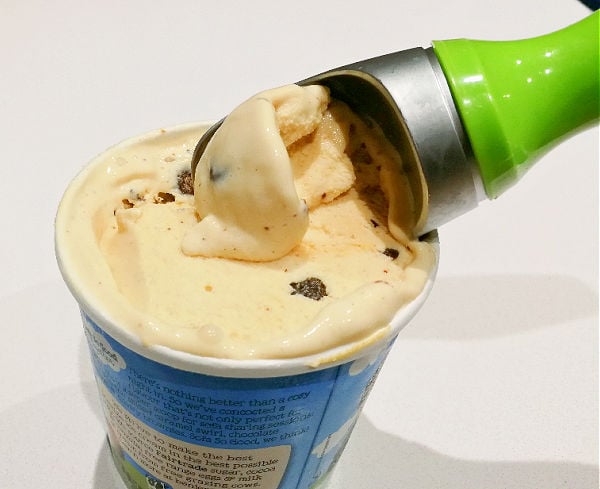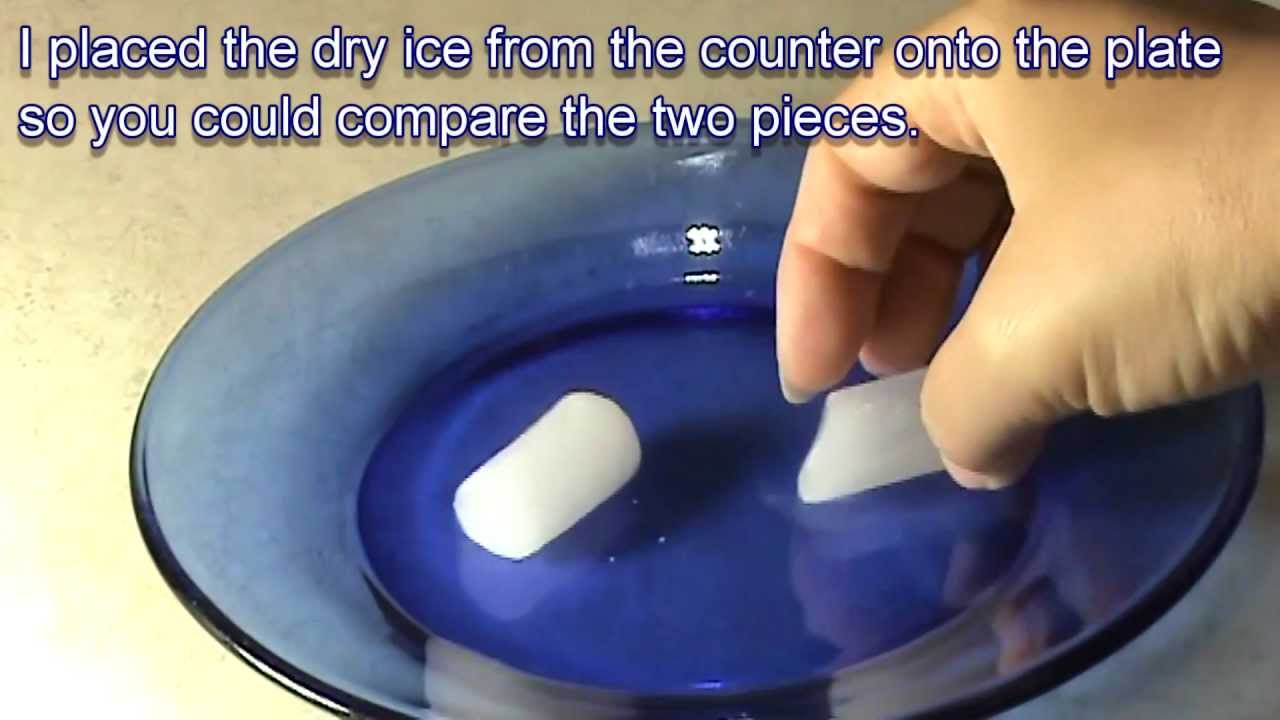We’ve all been there. You’re in a rush and you need to cool down your drink fast. So, can you microwave ice?
The answer is yes, but there are a couple of things you should know before zapping those cubes.
First of all, microwaving ice will not actually make it colder. In fact, it can actually make it melt and warmer due to the way microwaves work.
Microwaves heat food by vibrating water molecules at a high frequency. This causes the water to turn into steam, which is why you should never microwave anything with a lot of water in it (like an egg). When you put ice in the microwave, those same vibrations cause the ice to melt into water.
So if you’re looking to quickly cool down your drink, microwaving it is not the way to go.
Key Takeaways
- Fill a microwave-safe bowl with ice cubes
- Place the bowl of ice in the microwave
- Microwave on high for 30 seconds to 1 minute, or until the ice is melted
- Remove the bowl from the microwave and enjoy your cold drink!
ICE does NOT melt in a Microwave?! *TEST* 😳 – #Shorts
Can You Microwave Ice Cream?
If you’ve ever tried to microwave ice cream, you know that it’s a disaster. The ice cream melts and turns into a soupy mess. But why does this happen?
It all has to do with the structure of ice cream. Ice cream is made up of tiny ice crystals that are surrounded by fat and air. When you put ice cream in the microwave, the microwaves cause the water molecules in the ice crystals to vibrate.
This vibration creates heat, which melts the ice crystals and turns the ice cream into soup.
So, if you’re looking for a quick way to enjoy your favorite frozen treat, stick to traditional methods like letting it melt on its own or using the stovetop. Your taste buds (and your Instagram feed) will thank you!
Why Don’t Ice Cubes Melt in the Microwave?
If you’ve ever wondered why ice cubes don’t melt in the microwave, you’re not alone. It’s a common question, and there’s a simple answer. The microwaves that are used to heat food work by vibrating water molecules.
These vibrations create heat, which is then transferred to the food. Ice is made up of frozen water molecules, so when it’s placed in the microwave, the water molecules begin to vibrate. However, they don’t have enough energy to break the bonds that hold them together, so they remain in their solid state.
This process is called dielectric heating, and it’s how all microwaves work. So, if you’re ever curious about why something doesn’t seem to be heating up in your microwave (like ice cubes), it’s because dielectric heating isn’t taking place.
Can You Microwave Rice?
If you’re like most people, you probably have a go-to list of microwaveable foods that you rely on when you’re in a pinch. But what about rice? Can you microwave rice and expect it to turn out perfectly cooked?
The answer is yes – with a few caveats. First, it’s important to use the right type of rice. Second, you need to add the correct amount of water.
And finally, you’ll need to adjust the cooking time depending on the power of your microwave.
So, if you’re looking for tips on how to make perfect microwave rice, read on!

Credit: tastylicious.com
Why Does Ice Not Melt in a Microwave?
When you microwave something, the microwaves heat up the water molecules inside of the food. The water molecules start vibrating and moving around faster, causing the temperature to increase. However, ice is already frozen, meaning that the water molecules are already moving around as fast as they can.
Microwaving ice will not make the water molecules move any faster, so the ice will not melt.
What Does Microwaving With Ice Do?
When you microwave with ice, it causes the water molecules in the ice to vibrate. This process is called dielectric heating, and it happens because microwaves cause a difference in electric potential between the positive and negative charges in the water molecules. The energy from this process is converted into heat, which melts the ice.
What Happens If You Microwave Dry Ice?
When dry ice is placed in a microwave oven, it will sublimate (change from a solid to a gas) faster than it would at room temperature. The reason for this is that microwaves cause the molecules of the dry ice to vibrate rapidly, which makes them break apart and turn into carbon dioxide gas. If you heat dry ice for too long in a microwave, it can build up enough pressure to cause an explosion.
Conclusion
Can you microwave ice? The answer is yes, but there are a few things you need to know before you put ice in your microwave.
First, only use clean, dry ice.
Any moisture on the ice will cause it to steam and can damage your microwave.
Second, make sure the container you’re using is microwave-safe. Glass or ceramic is best; plastic may melt or warp under the high heat of the microwaves.
Third, start with short bursts of time – no more than 30 seconds at a time – and check on the ice frequently. You don’t want it to melt too much and make a mess in your microwave.
With these tips in mind, microwaving ice is a quick and easy way to chill your drinks without watering them down.
So go ahead and enjoy that cold beverage without having to wait for the ice to melt!

Asma Sheikh is a food and recipe blogger who loves to cook and bake. Her blog, “Kitchen Crunch”, is all about sharing her recipes with the world. Asma has been cooking and baking since she was a little girl, and she loves to share her passion with others. She believes that anyone can cook, no matter their skill level, and she enjoys helping others to learn new techniques and recipes.

